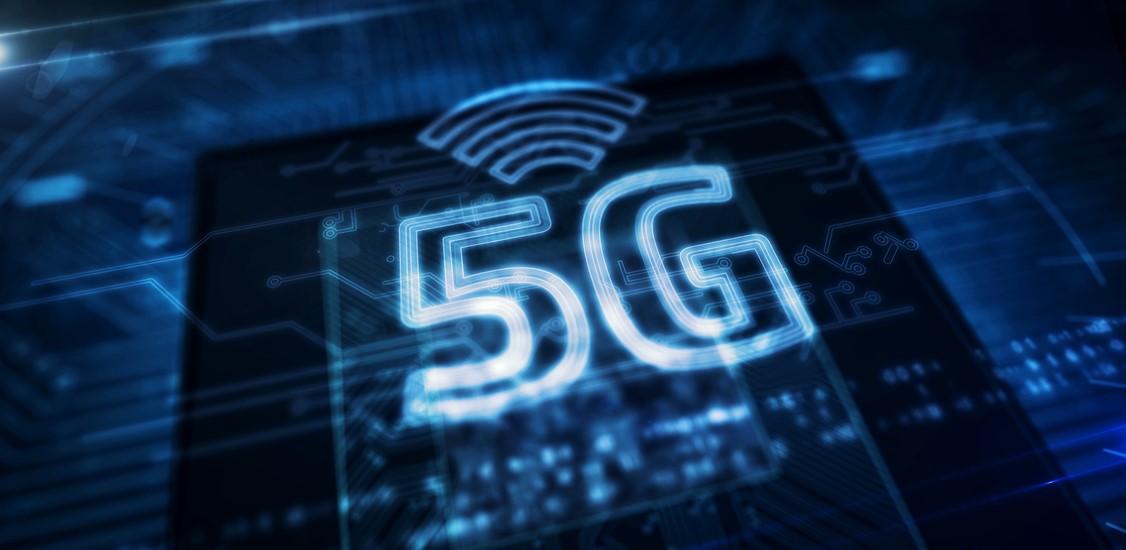The debate over the usage of the 12 GHz band of the radio spectrum has been raging for a few years now, and there’s no clear end in sight. The FCC’s 2021 Notice of Proposed Rulemaking (NPRM) related to access rights to the 500 MHz swath between 12.2 and 12.7 GHz and the recent Notice of Inquiry were just two more steps in an ongoing discussion about the best use of the band.
Let’s set the scene: Proponents of opening the 12 GHz band for 5G deployment say the United States is falling behind in the telecom space because the FCC has been slow to allocate bandwidth under 6 GHz (in the “mid-band”) to 5G. While the FCC is promising an expansion within the space, it has yet to come. Proponents of sharing the spectrum say that having such a limited section allocated to mobile expansion slows speeds and user base growth, effectively limiting American carriers in the global race to provide the best 5G experience.
Those opposing 5G’s expansion into the 12 GHz band argue the move will create new problems of its own since the block under consideration is currently allotted for low-earth orbit (LEO) satellites and transmitters that are designed to bring broadband internet access to currently unconnected regions. They say that allowing mobile carriers to use even a small portion of the 12 GHz band could cause interference with their satellite communications.
Regardless, telecom power technology specialists have been hard at work to get ahead of any impacts a decision to codify the NPRM might have on ongoing 5G deployments. Expanding the use of the 12 GHz band to service providers may complicate these rollouts due to small cell radios’ varied power and density needs.
The benefits of the 12 GHz band
The one aspect of the issue on which both sides seem to agree is the uniqueness of the 12 GHz band. Mobile providers and low-earth orbit (LEO) satellite operators both prefer the 12 GHz band because it offers high bandwidth with a relatively long wavelength compared to high-band options.
Current high-band 5G deployments are designed to operate in the 24 GHz band, at which frequencies a radio offers well under 1 mile of coverage. 12-GHz-band radios could double the range that 24-GHz radios can offer, making them attractive intermediaries with sufficient speeds and adequate bandwidth to support low-latency 5G applications. This will free up more space within the 24 GHz band to support 5G’s most demanding use cases, like self-driving cars.
Cutting the operating frequency of 5G radios in half not only improves range but could slash the power needs of these deployments. A small cell site’s energy demands are directly linked to the specifications of the radios it houses. Higher-frequency radios tend to need significantly more power than those that operate on the lower end of the spectrum for the same coverage. Substituting 12 GHz radios for planned 24 GHz deployments would be a boon for communications service providers (CSPs) looking to unleash the power of 5G. It would allow them to offer more efficient coverage with enhanced uplink and downlink speeds and fewer small cell sites, saving time and money now and into the future.
Powering 5G, at 12 GHz or otherwise
Regardless of how the 12 GHz usage tilts, the progress toward a more comprehensive next-generation network will continue. At present, CSPs are just beginning to roll out small cell equipment to fill coverage gaps between existing infrastructure. Once deployed, these small cell radios will be used to address both reliability and throughput concerns. They can be fine-tuned to meet the unique needs of smaller, rural communities and larger, densely populated urban sites without the need to build dedicated macro towers.
While fine-tuning small cell equipment offers a variety of benefits, it also can make deployment planning challenging and time-consuming. The number of radios, the frequencies on which those radios operate, the population density of the surrounding area, and the efficiency of the equipment all have a part to play. Another consideration is whether to add backup batteries to these deployments. Where there is overlaying macro cell coverage, CSPs and engineers may opt to forgo battery backups in localized power equipment. However, in areas where coverage is dependent on small cell deployments alone, integrated battery backup power may be a requirement.
To accommodate these demands, two power deployment options are available: localized power and centralized power. The first option, localized power, is currently popular for small cell deployments as it allows CSPs to draw power for their radios directly from existing street furniture such as power pole or lamp post. The power is then converted within an enclosure — which can include an integrated rectifier and a breaker — to meet the needs of the radios at any given site. It’s a simpler solution but may prove problematic as more and more radios are added to these fixtures.
The central power option offers an alternative to localized power as CSPs would build larger DC power plants to supply nearby small cell equipment. However, it can be more expensive, especially if new trenching is required to lay cabling. In the end, the choice of one option over the other will likely depend on the needs of a particular location as well as the potential return on investment. Factors such as “right of way” regulations specific to a city, leasing fees for space on street furniture, and whether battery backup is necessary may need to be considered.
Expanding connections, one small cell at a time
How the FCC will decide remains to be seen, and the effects of that decision on CSPs will become clearer with time. With so many variables involved, it may be beneficial for CSPs, power engineers, and urban planners to form close partnerships that allow them to press forward with innovative solutions when the time comes to help usher in a new era of connectivity.
The one certainty here is that progress will, as it always does, find its footing – whether it be through repurposed radios, shared spectrum bands, new power solutions, or something else.




















